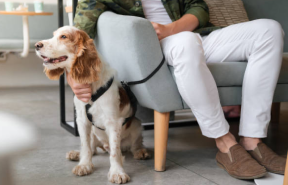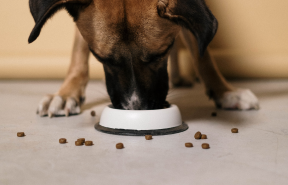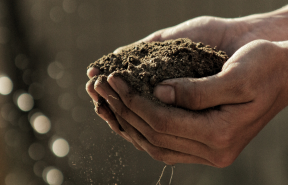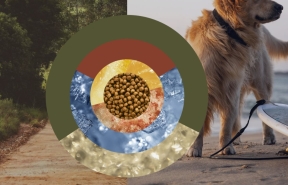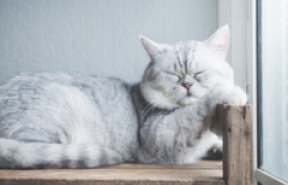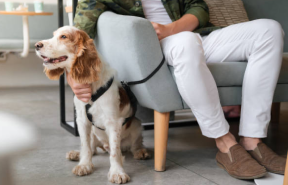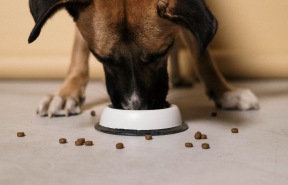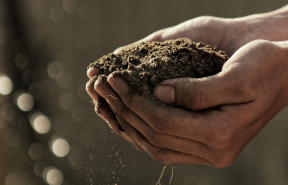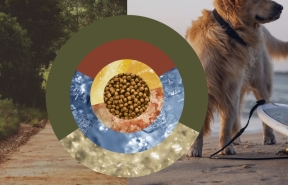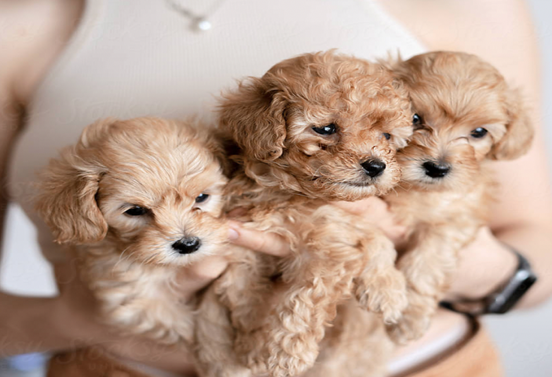A growing puppy needs regular meals to provide the essential nutrition they need to grow up healthy and strong. It’s also a great way to bond with your pet and express your love for them.
When to feed a puppy.
When your puppy is young, they will need to be fed multiple small meals per day. A puppy’s stomach is small in size, yet its metabolic rate is high. They’ll digest their food and be ready for another meal much sooner than you may think.
How much to feed a puppy.
Puppies have a tendency to overeat which can lead to discomfort and upset stomachs. Feed your puppy scheduled small meals and avoid giving too large a meal in one sitting. Always refer to your pet food’s feeding guide to determine the right amount of food for your puppy. You will find a suggested total amount of food per day, that is then divided and fed over a number of meals depending on your puppy’s age.
Here are our top tips to help make feeding your puppy easier.
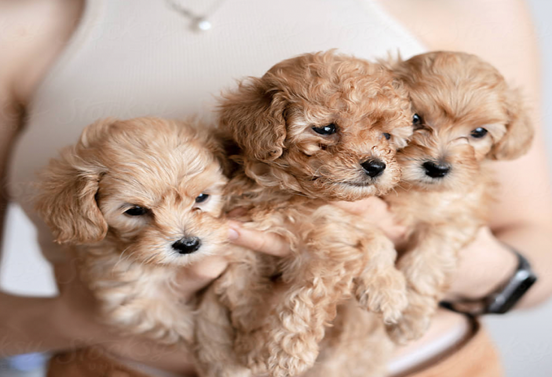
Keep food and water bowls clean,
Wash and dry after each meal
Top tips for feeding your puppy
Tip 1: Make mealtimes enjoyable.
Choose a peaceful place where your puppy can eat and enjoy their meals. If you have multiple pets in your household, ensure your puppy is able to get to their bowl undisturbed by other pets and feed your puppy well away from toileting areas.
Tip 2: Avoid overfeeding your puppy.
It’s easy for hungry puppies to overeat. Be sure to always refer to your puppy’s feeding guide and never overfeed your puppy in one meal as this can lead to vomiting and an upset stomach.
Tip 3: Limit puppy treats.
Treating your puppy is especially helpful during puppy training. Treats provide positive reinforcement and encourage the behaviours you want your puppy to display. Treats should make up no more than 10% of your puppy’s daily food intake, be sure to keep track of how many treats your puppy is getting.
Tip 4: Keep clean.
Keep your puppy’s food and water bowls clean and hygienic. Wash them regularly with dish detergent and warm water after each meal and rinse well.
Tip 5: Make feeding time fun.
When you need to keep your puppy occupied during mealtime, try feeding them from an interactive toy, rather than a bowl. Known as enrichment feeding, toys like puzzle balls that slowly dispense one kibble at a time as the puppy rolls it around, can help make feeding time fun. Snuffle mats and slow feeder bowls are also a great idea to encourage natural foraging behaviours, helping to keep your puppy mentally stimulated.
Tip 6: Make gradual diet changes.
When you are ready to make changes to your puppy’s diet, make a schedule and transition gradually. A slow transition, ideally over a period of 5-7 days, will make it easier for your puppy’s sensitive digestive system to adapt. It will also help increase the likelihood that your puppy will accept their new diet without fuss.
@2023 Mars or Affiliates.
